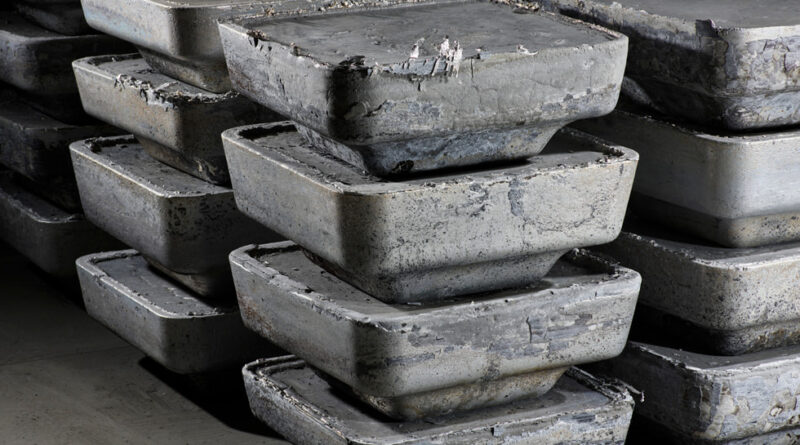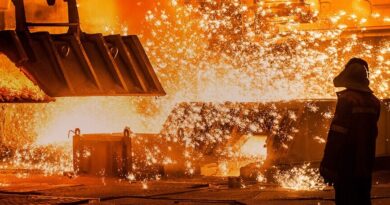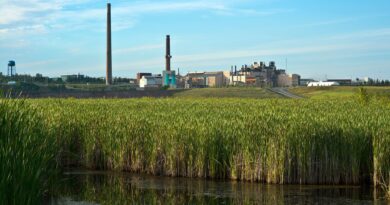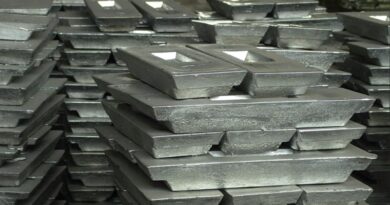New test work sees improved recoveries at Taronga
First Tin has reported improved recoveries during mineral processing test work at their Australian Taronga tin project aimed at optimizing the flowsheet in the recent Definitive Feasibility Study.
The company announced tests had yielded end-to-end recoveries of 75.6%, up from 59.4% reported in the April 2024 Definitive Feasibility Study. This improved recovery rate includes a conventional and first pass vertical shaft impact (VSI) crushing recovery of 91.2% of tin in ore, and a coarse gravity circuit recovery of 82.9% significantly improved from the previously reported 71.5%. The higher recovery rate was achieved by various crushing and coarse gravity circuit optimisations and resulted in a 66.7% Sn concentrate.
Tails from the coarse circuit contain very fine cassiterite, and First Tin also reported a 4.5% overall recovery to produce a 14.0% Sn concentrate from this material. First Tin will investigate the potential to modify the processing flowsheet and highlighted the option to add a fine tin circuit in future.
First Tin’s CEO, Bill Scotting, said that the results were “very encouraging and confirm the readily treatable and upgrading nature of the Taronga mineralisation”.
In the latest test work, a bulk sample grading 0.15% Sn—slightly higher than the proposed average processed grade of 0.13% Sn, and higher than the 0.10% Sn sample previously tested—was collected from an adit in the main part of the Taronga mineralisation. The undersize from the conventional crusher and VSI was then passed through gravity separation and sulphide flotation, and onto a second shaking table.
In parallel testing for a sample grading 0.06%, passing the oversize material through the VSI crusher a second time improved crushing recovery to 97.2%. Subsequent gravity separation recovery was 66.4%, achieving an overall recovery only marginally less than for high grade samples. A 71.4% Sn concentrate was produced in this test.
In a separate statement, First Tin also announced they had lodged a scoping report and formally commenced the permitting process. The New South Wales Government will assess this to determine factors for inclusion in Taronga’s Environmental Impact Statement.
An overall recovery rate of 75.6% is comparable to that seen at Renison and Bisie, and underscores the company’s emphasis on the simple metallurgy enabled by favourable mineralogy at Taronga. ITA looks forward to seeing further results as the test work continues.




